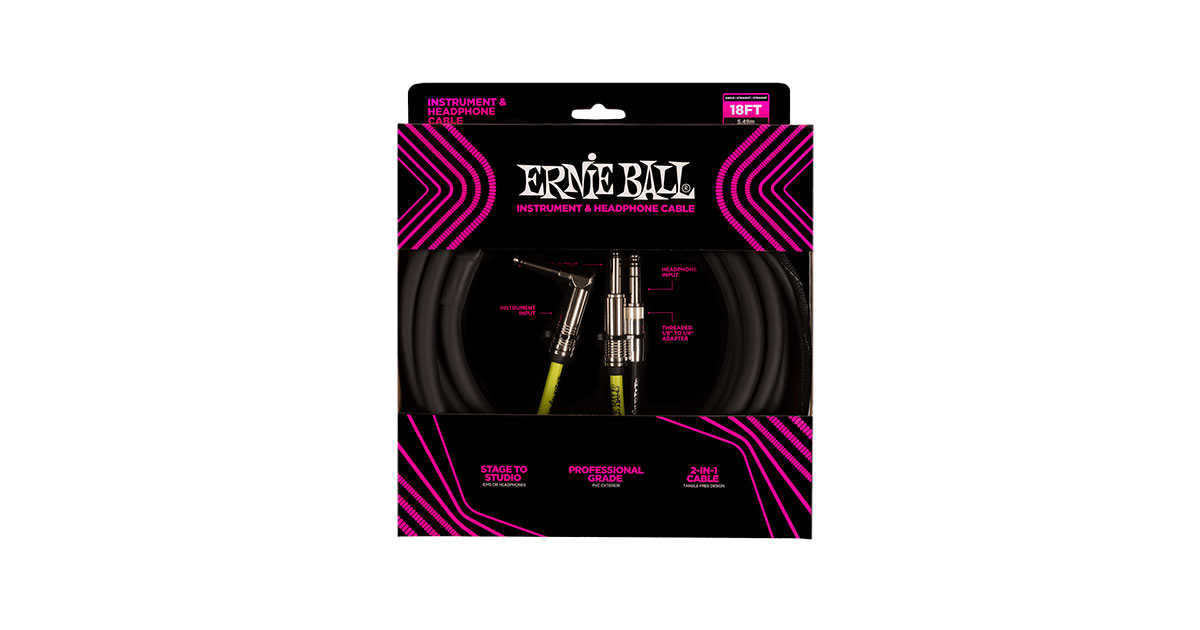MixMinisterMike
Groupie
- Messages
- 28
Which is better in your opinion?
TONEX stereo out > stereo mod pedal > stereo delay > stereo DI with sum to mono engaged > mono FoH
TONEX mono out > mono mod pedal > mono delay pedal > mono DI > mono FoH
Same pedals, stereo summed or just go mono the whole way?
Note: I use stereo maybe 15-20% of the time, the rest of the time it’s mono.
TONEX stereo out > stereo mod pedal > stereo delay > stereo DI with sum to mono engaged > mono FoH
TONEX mono out > mono mod pedal > mono delay pedal > mono DI > mono FoH
Same pedals, stereo summed or just go mono the whole way?
Note: I use stereo maybe 15-20% of the time, the rest of the time it’s mono.
Last edited:


